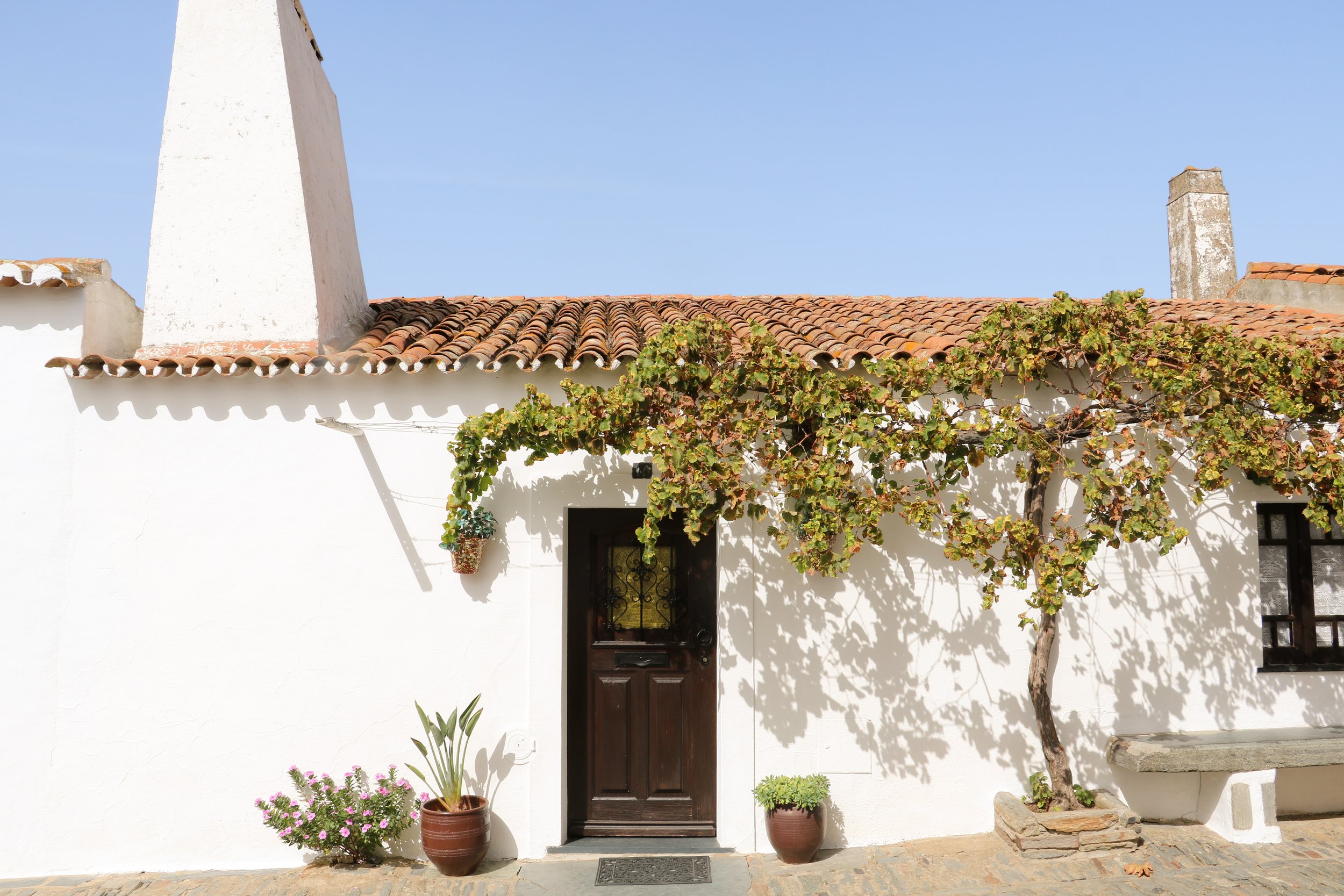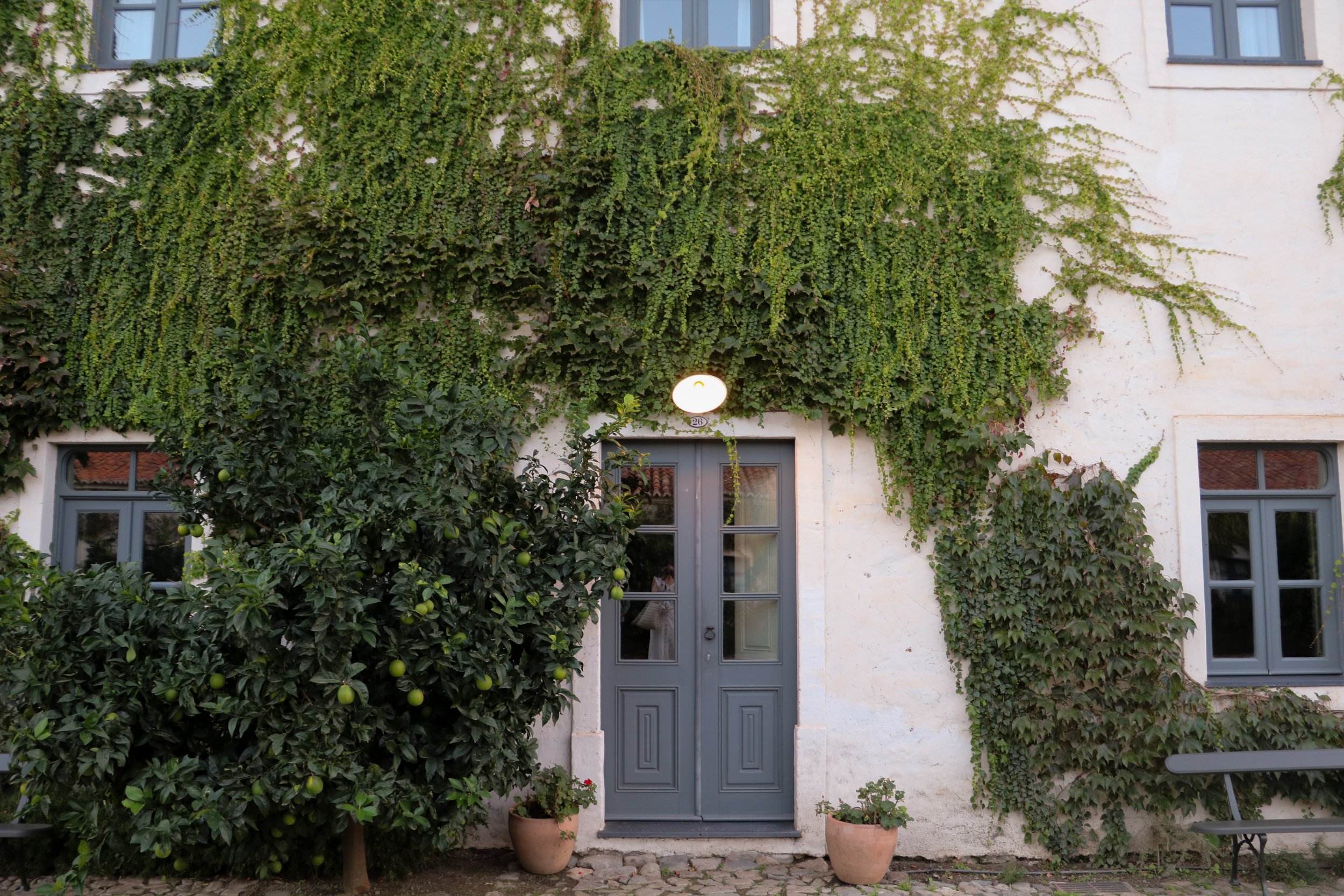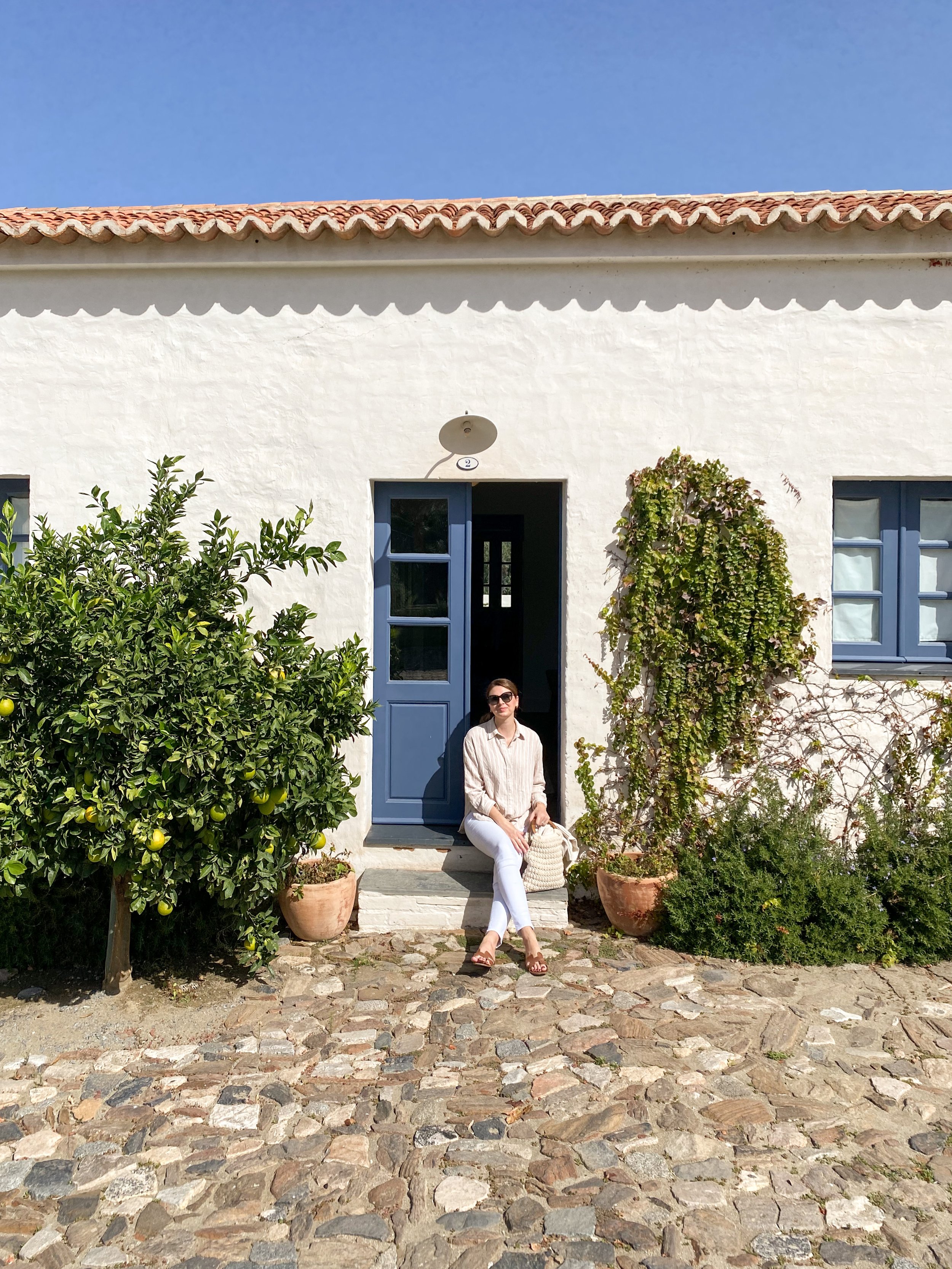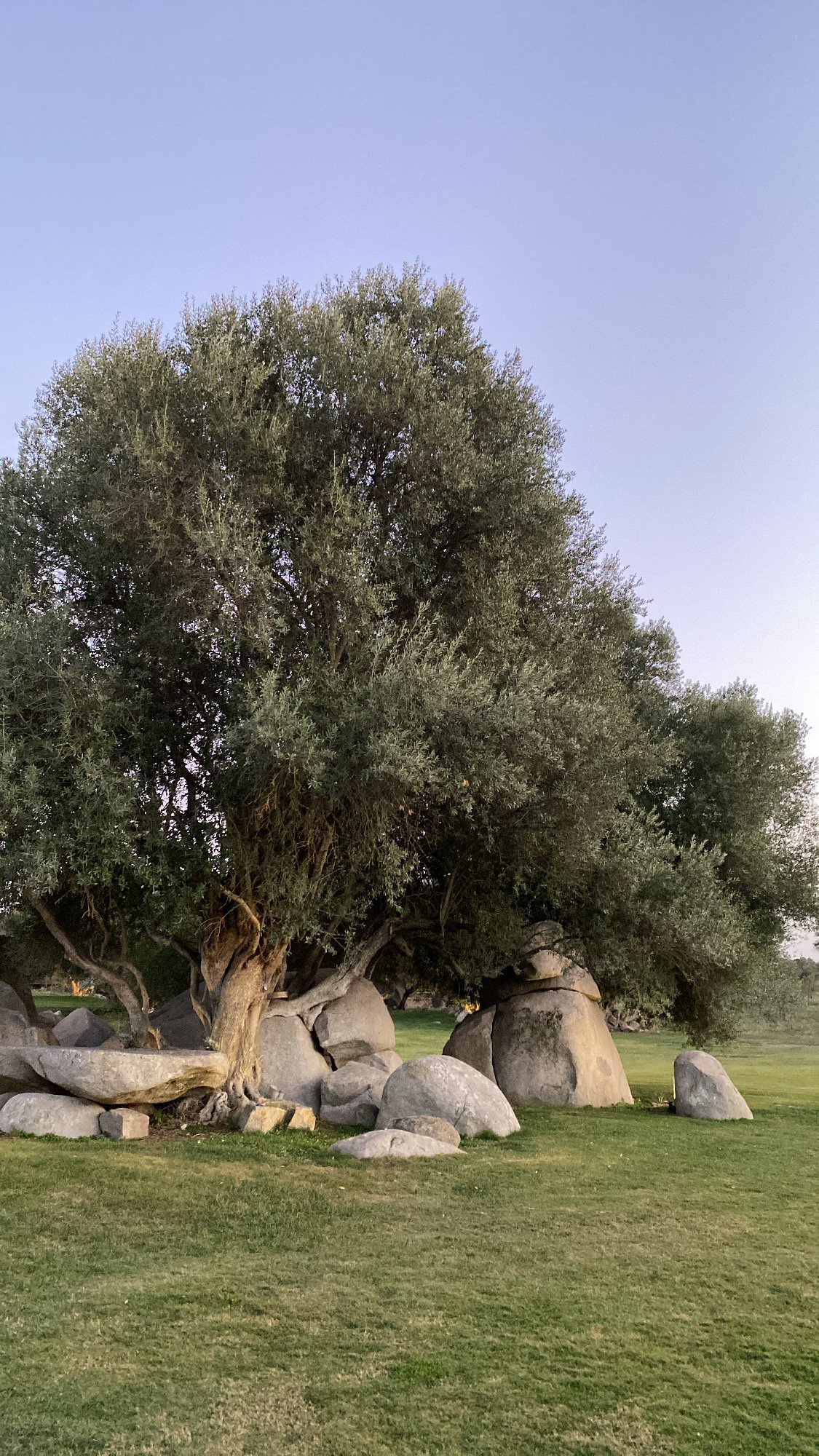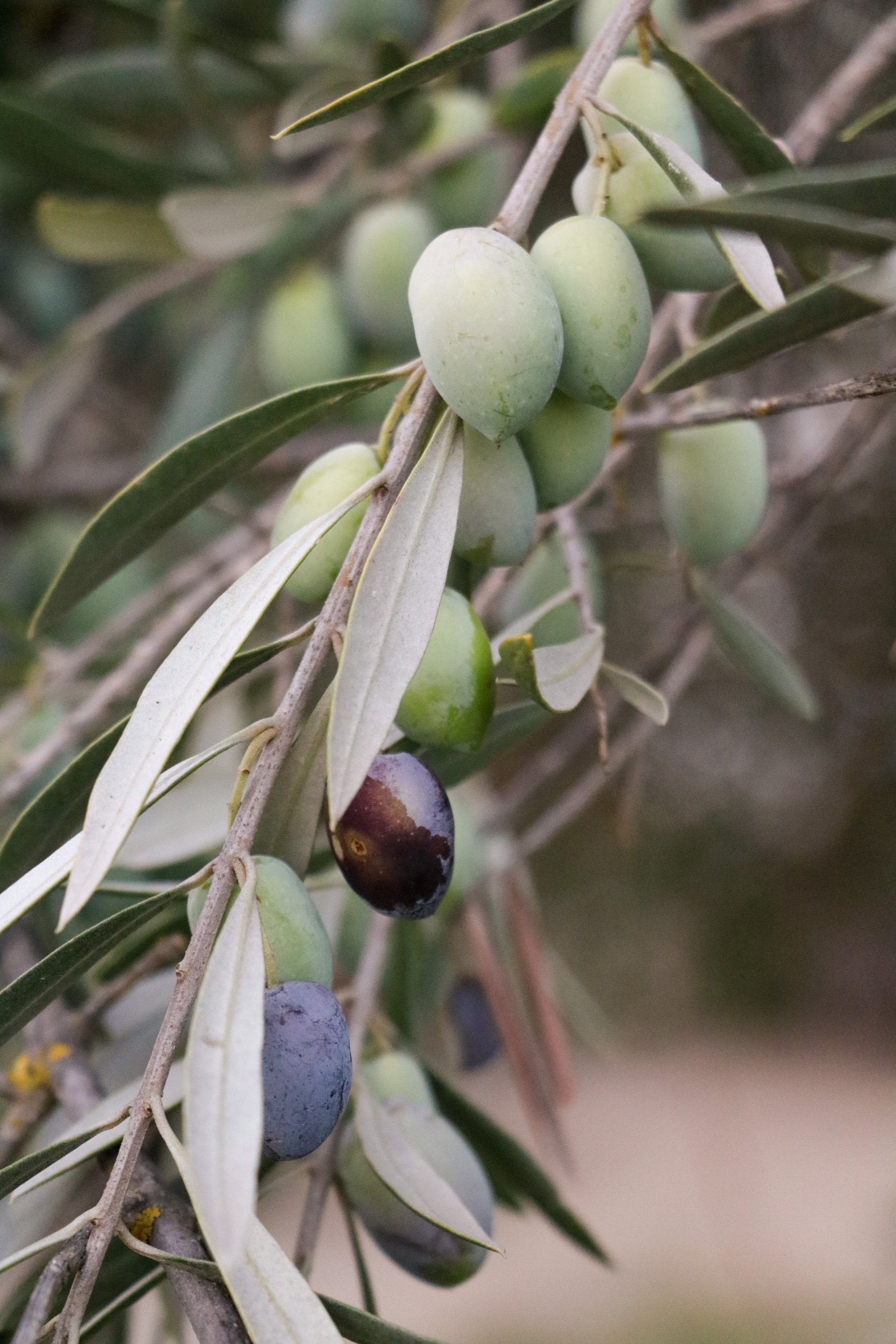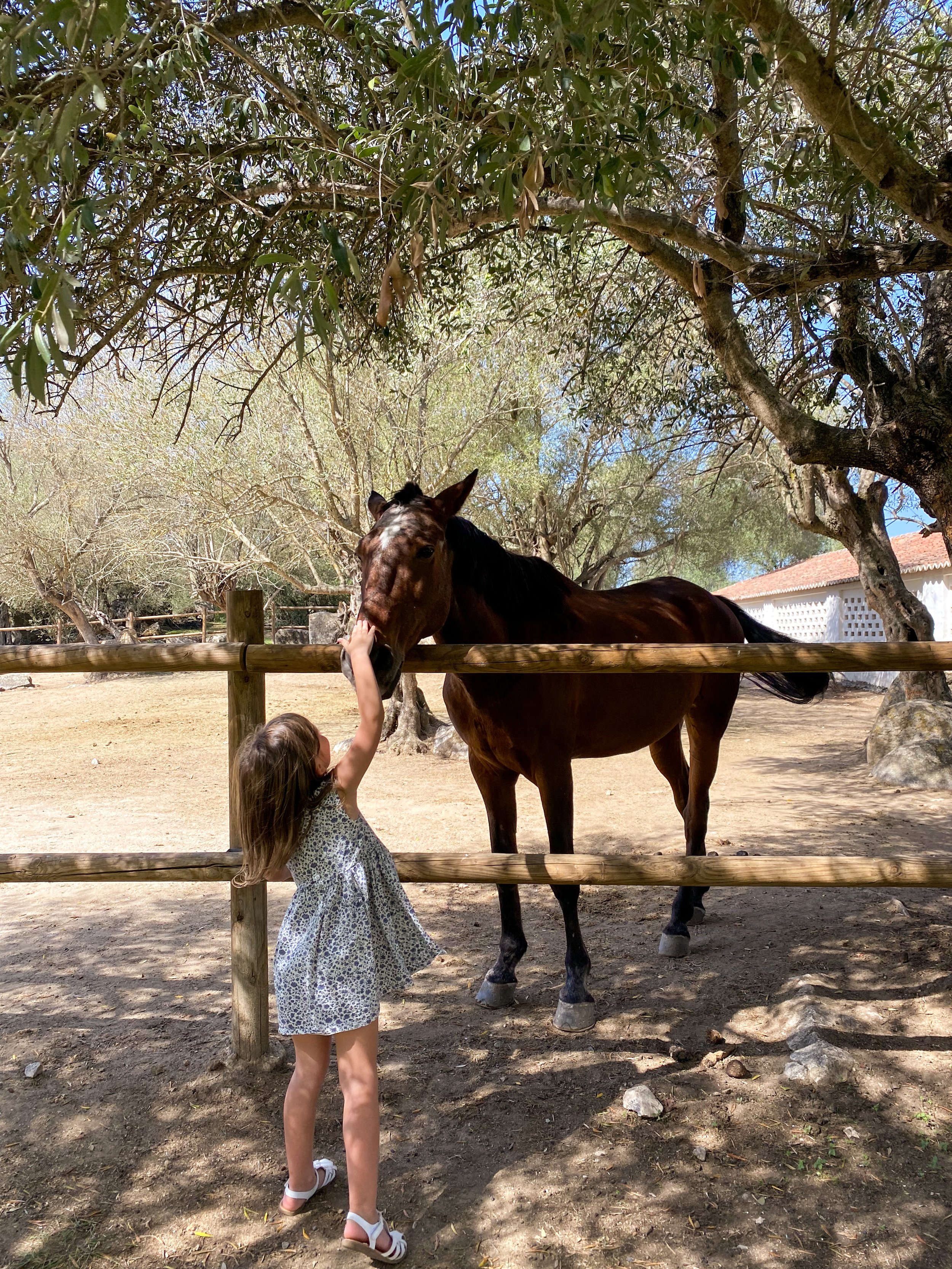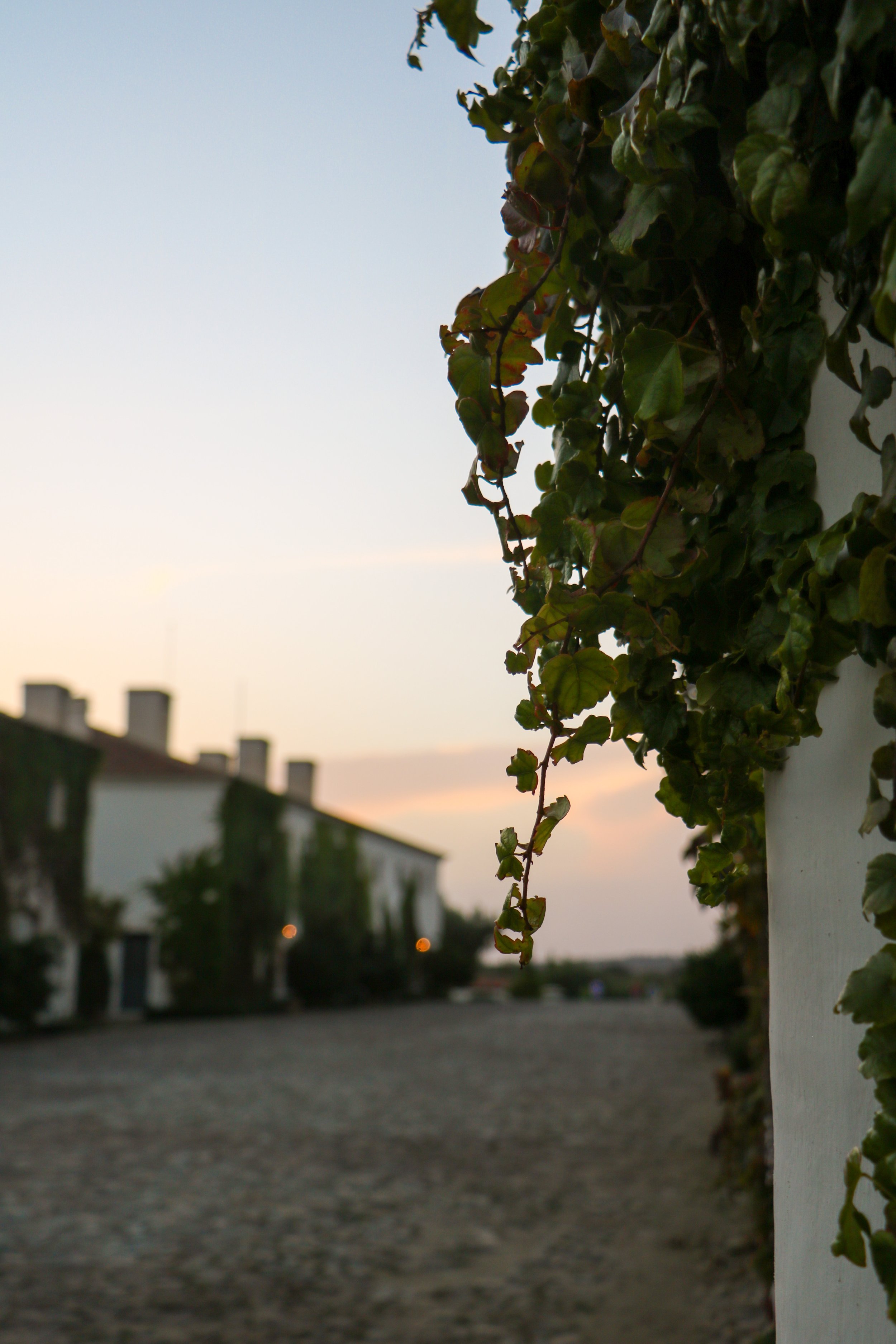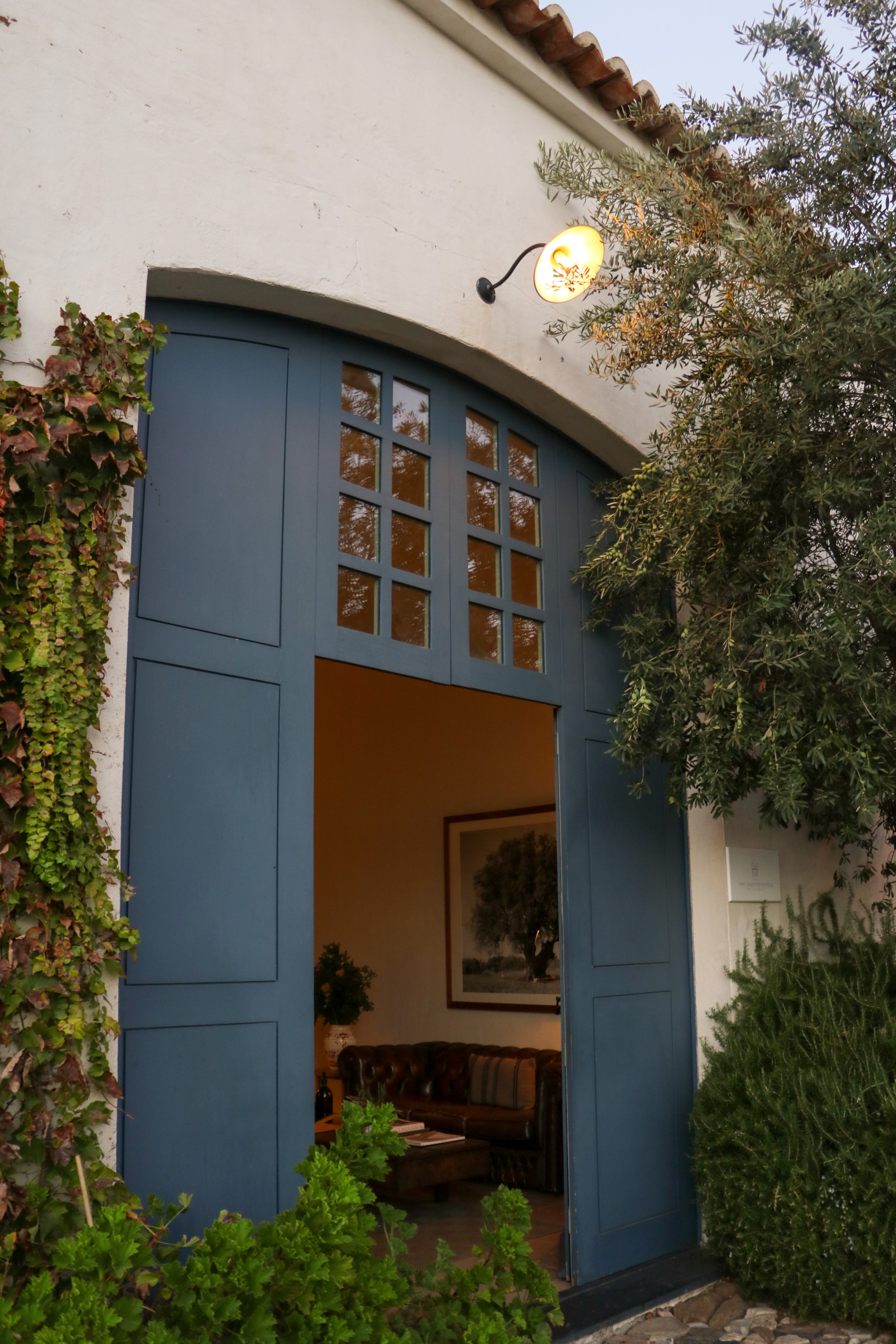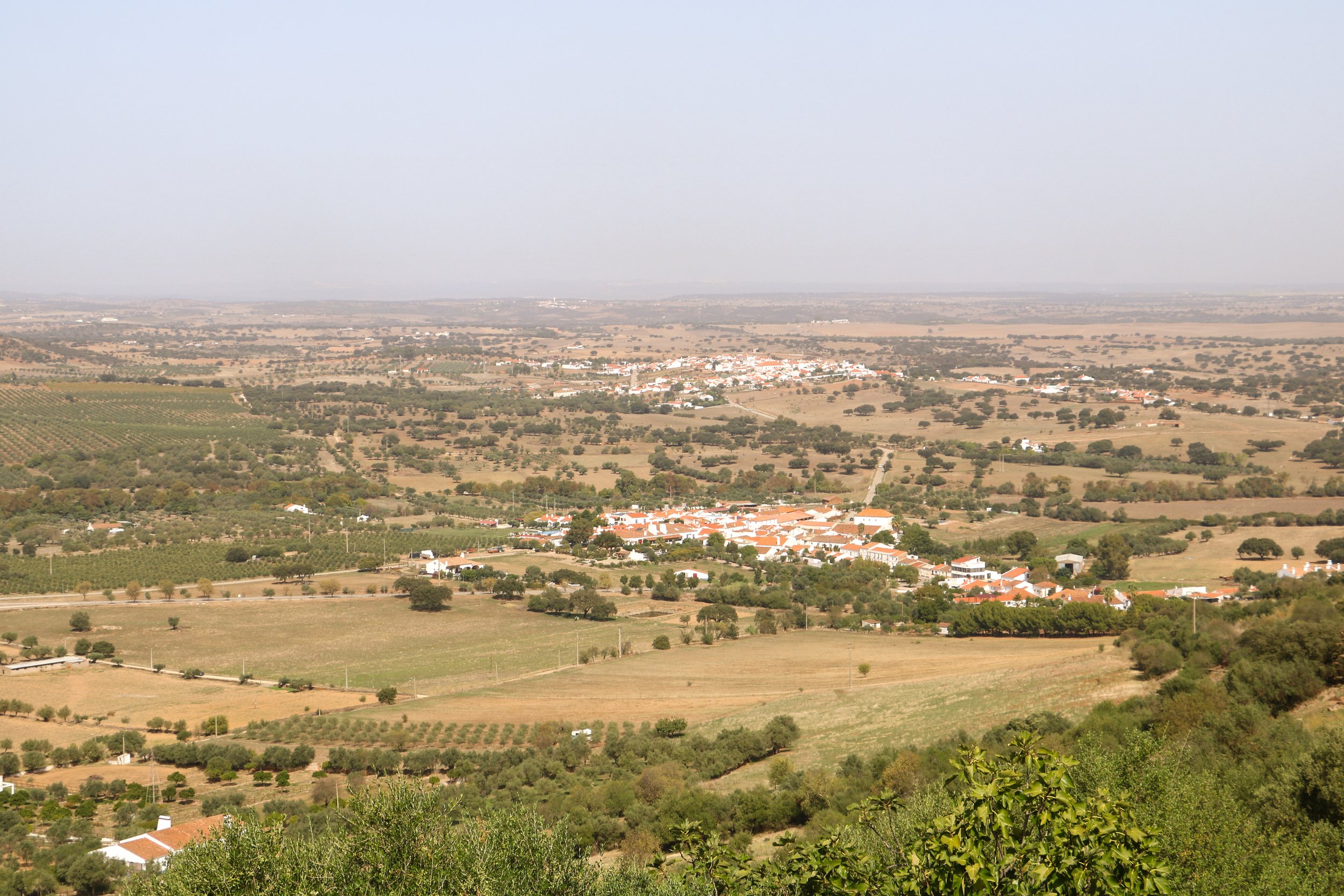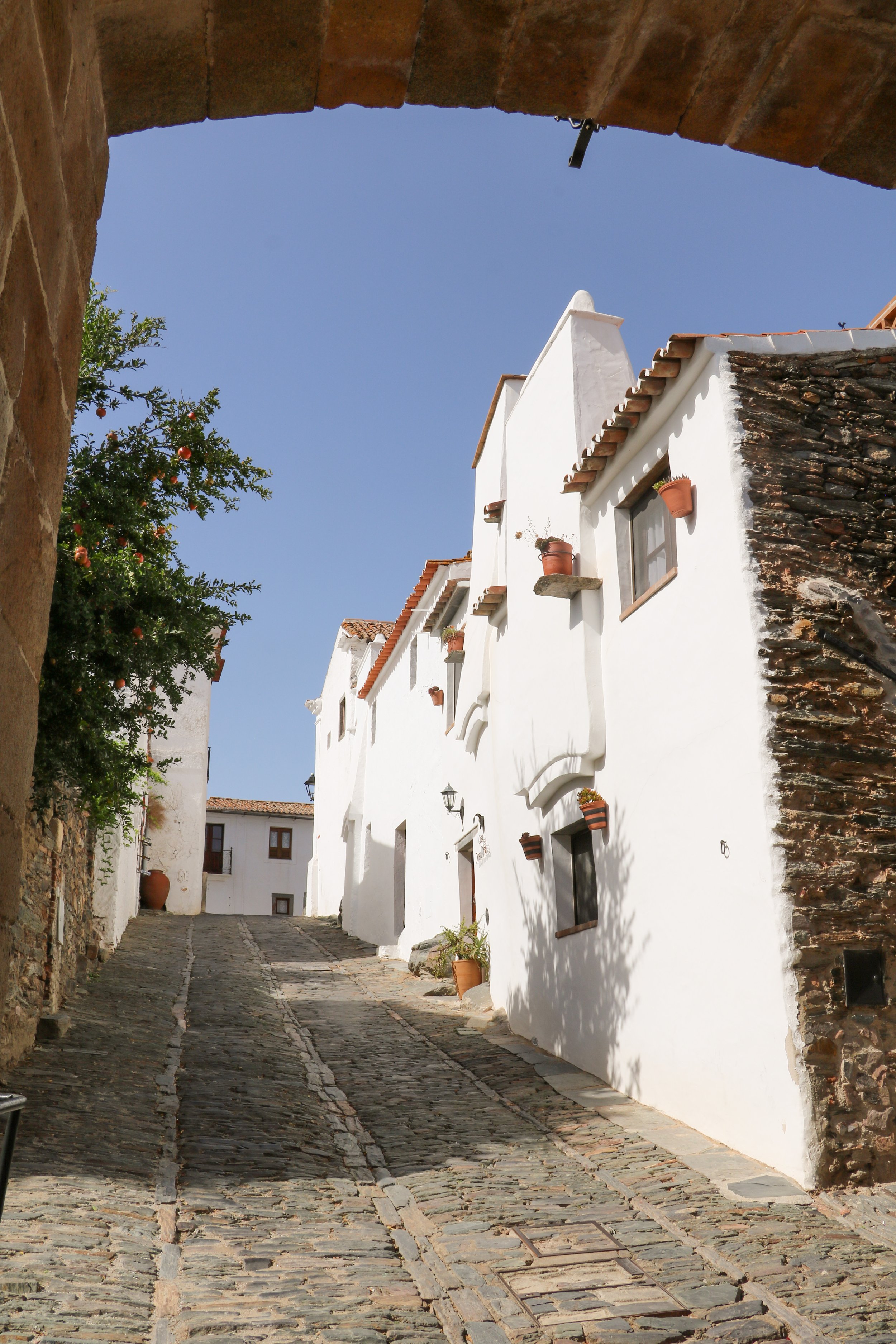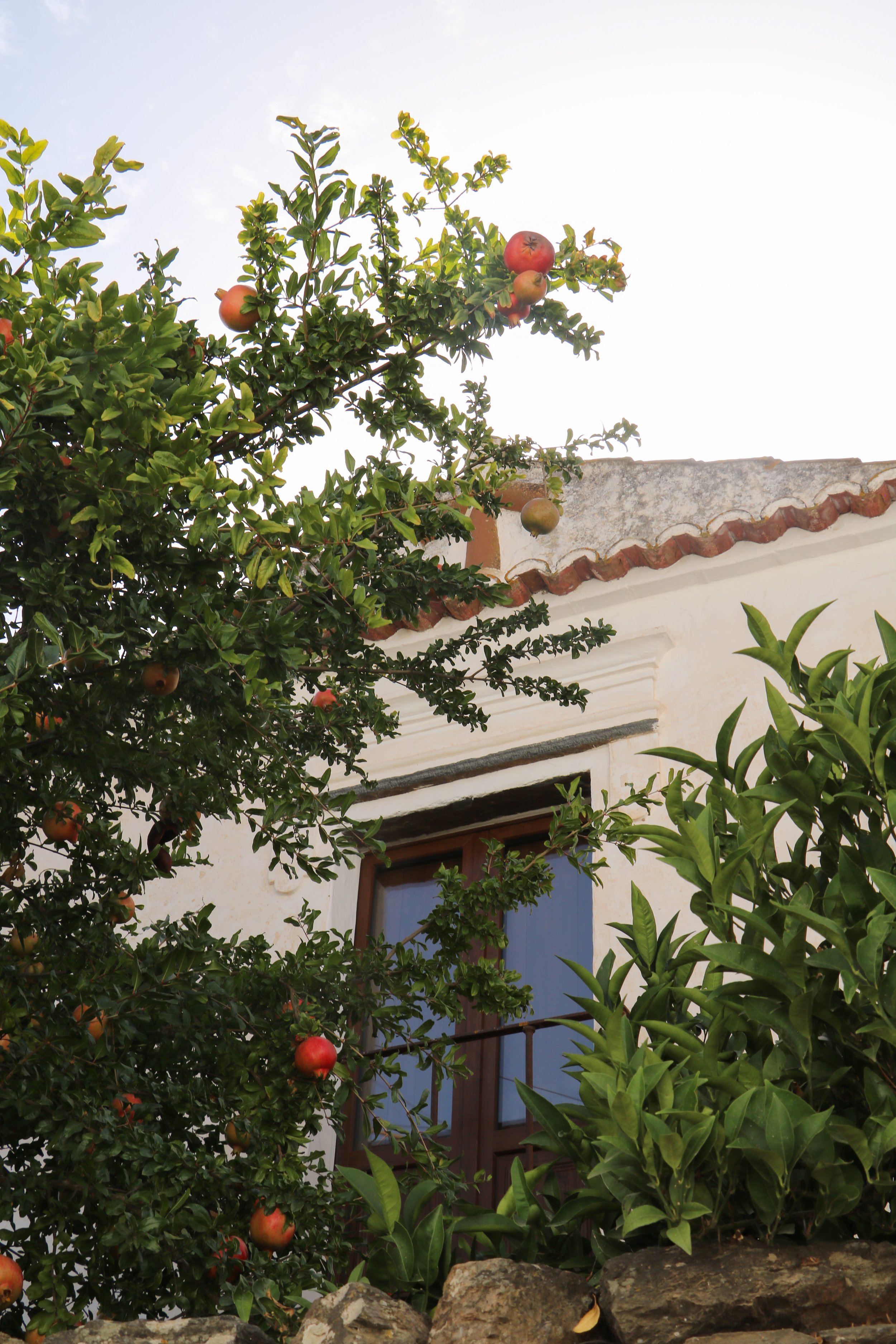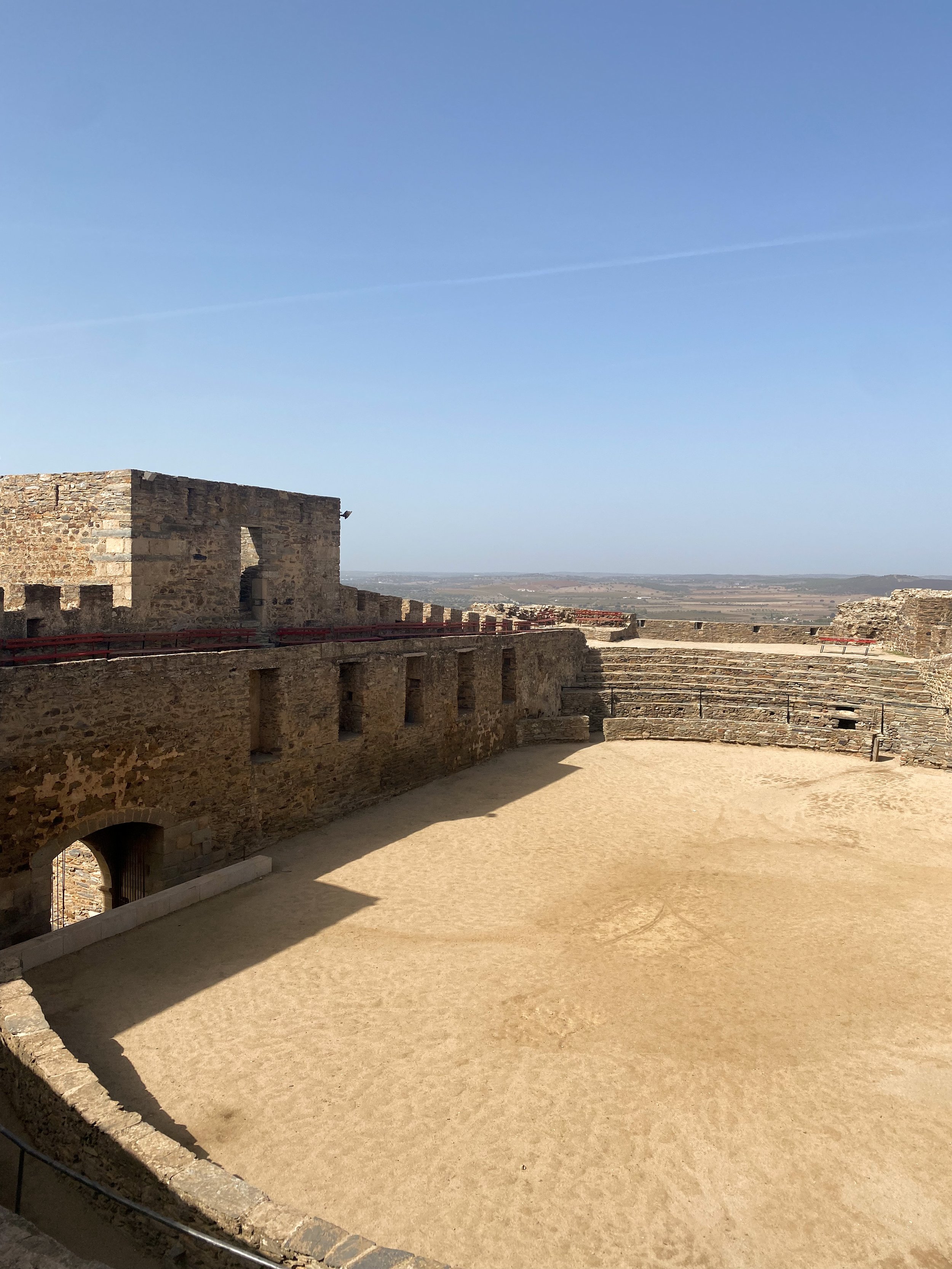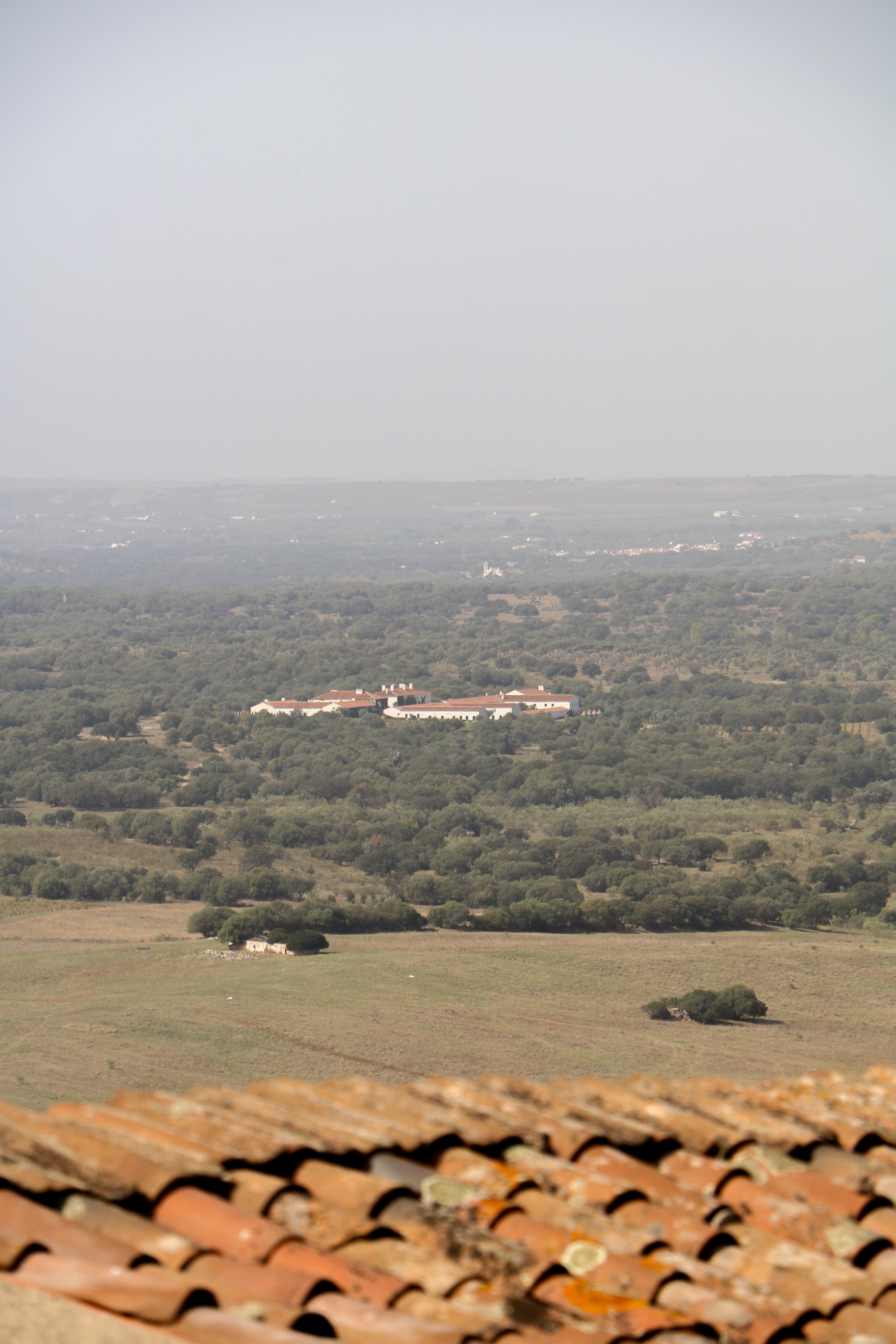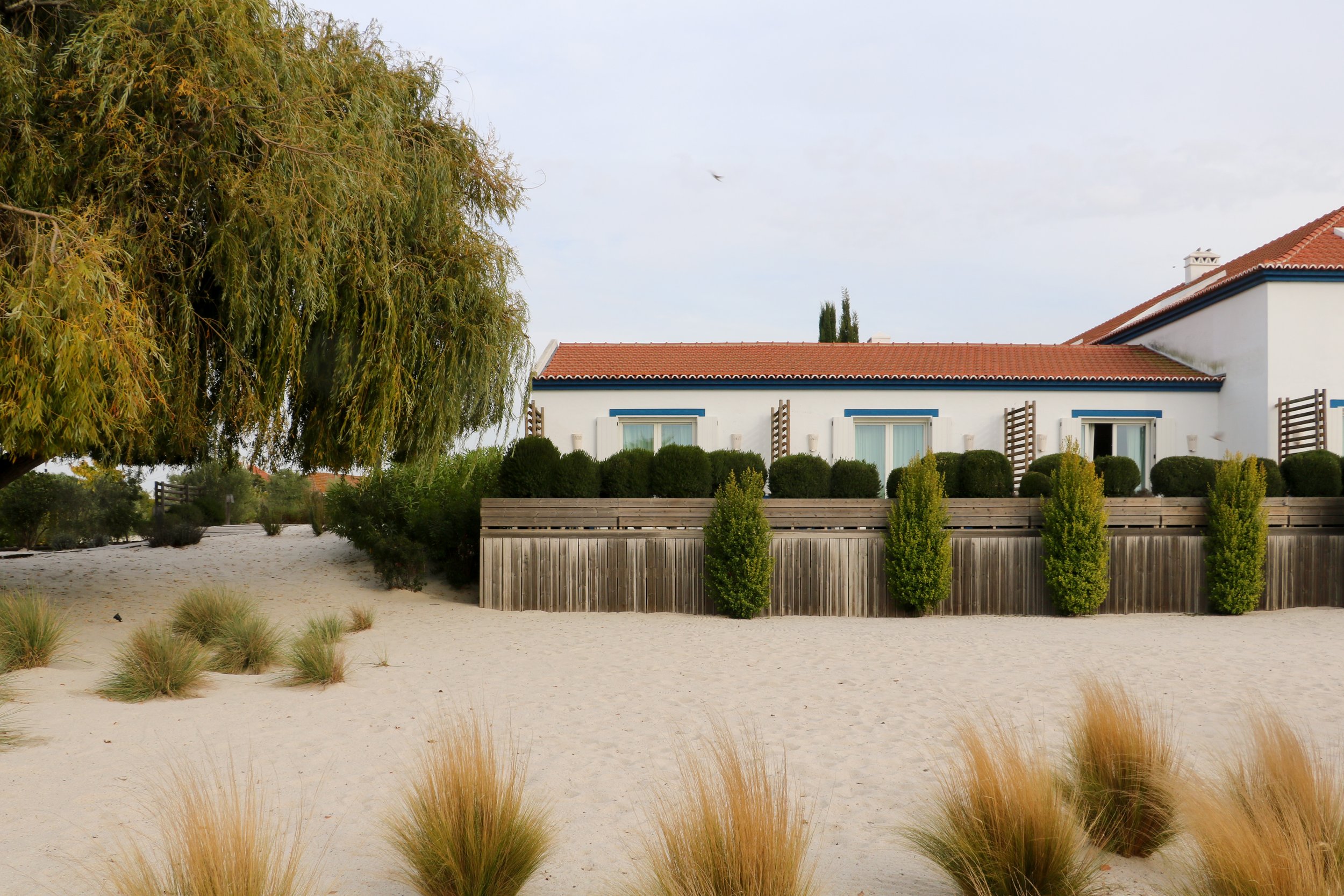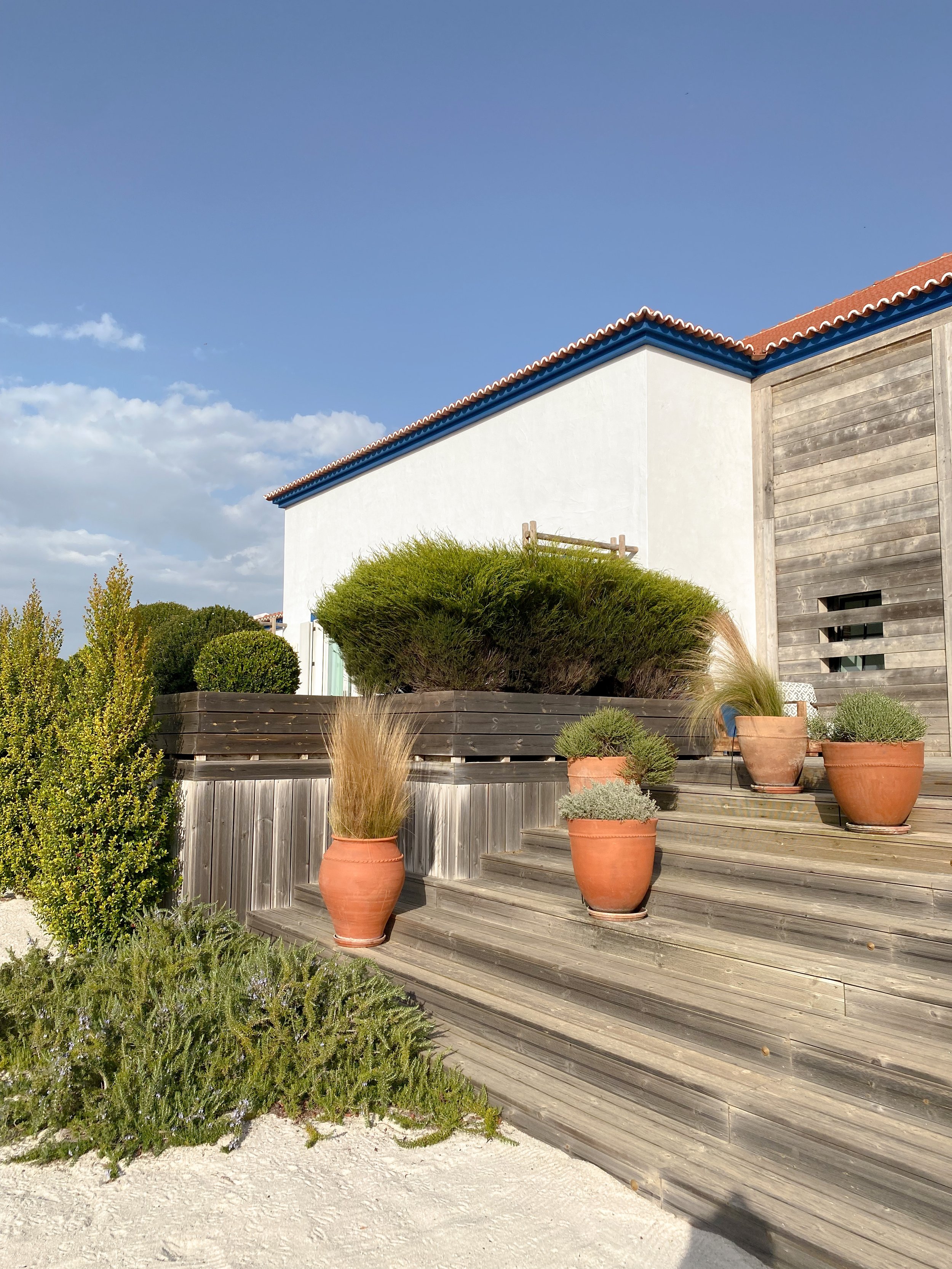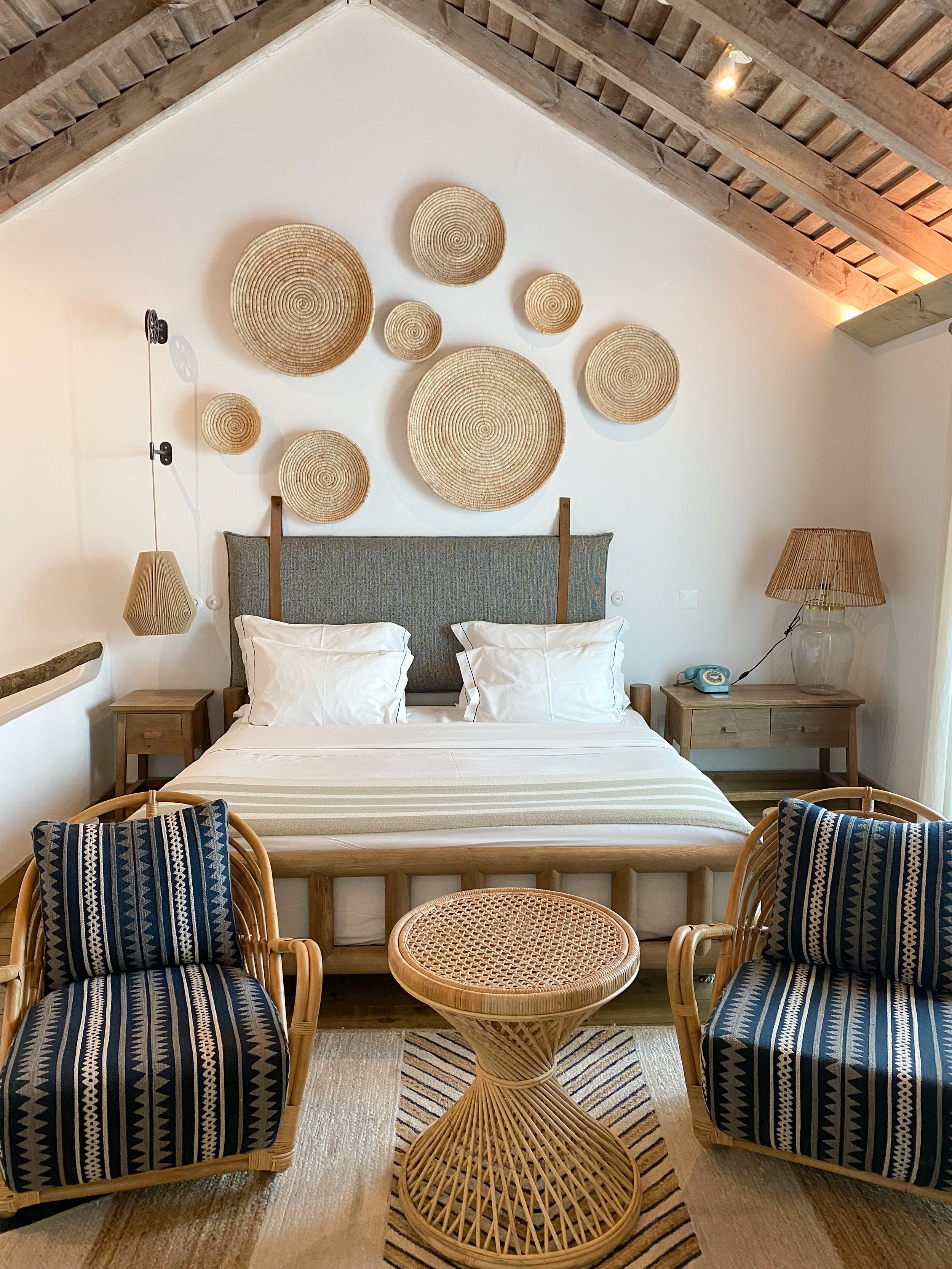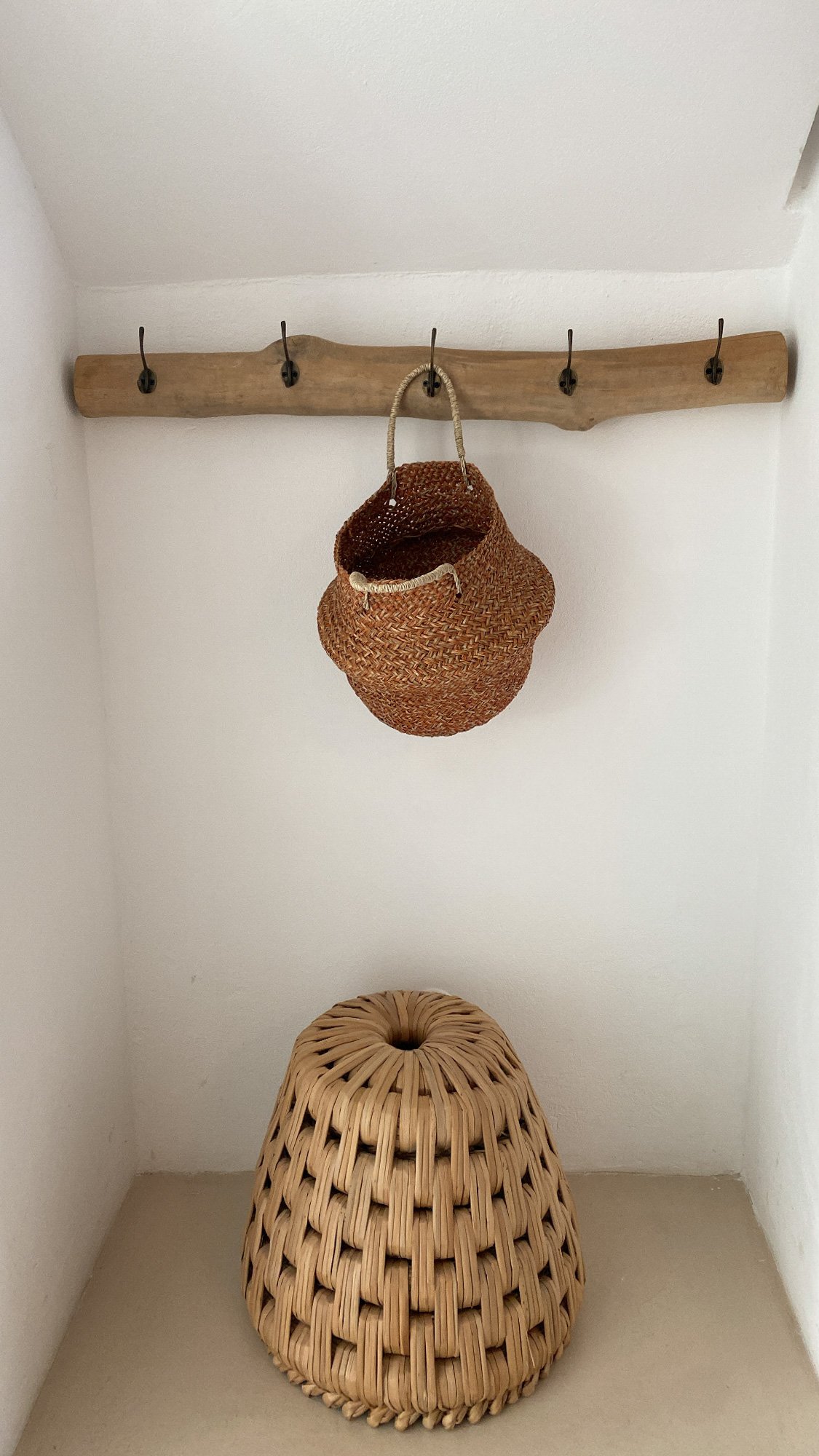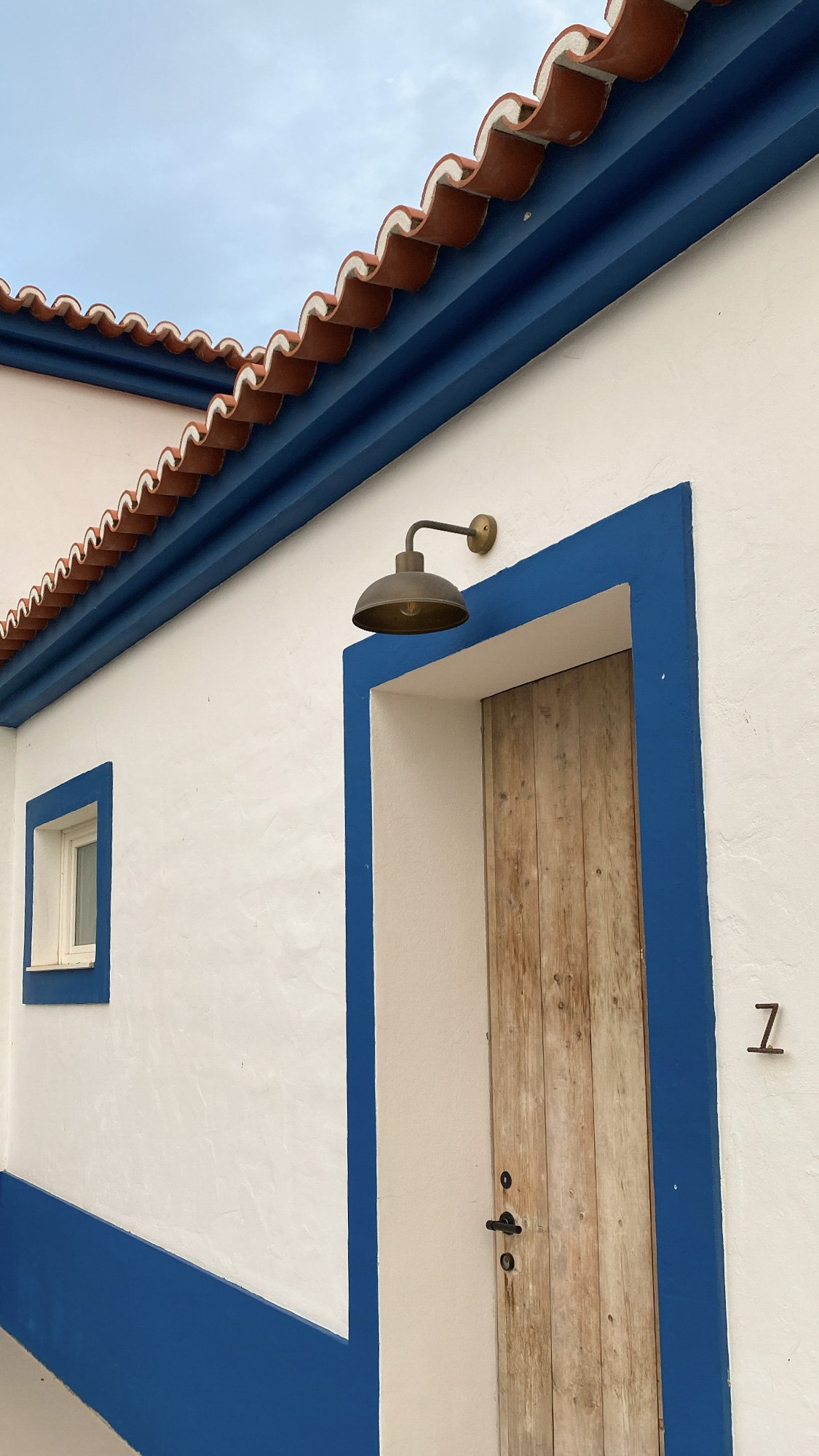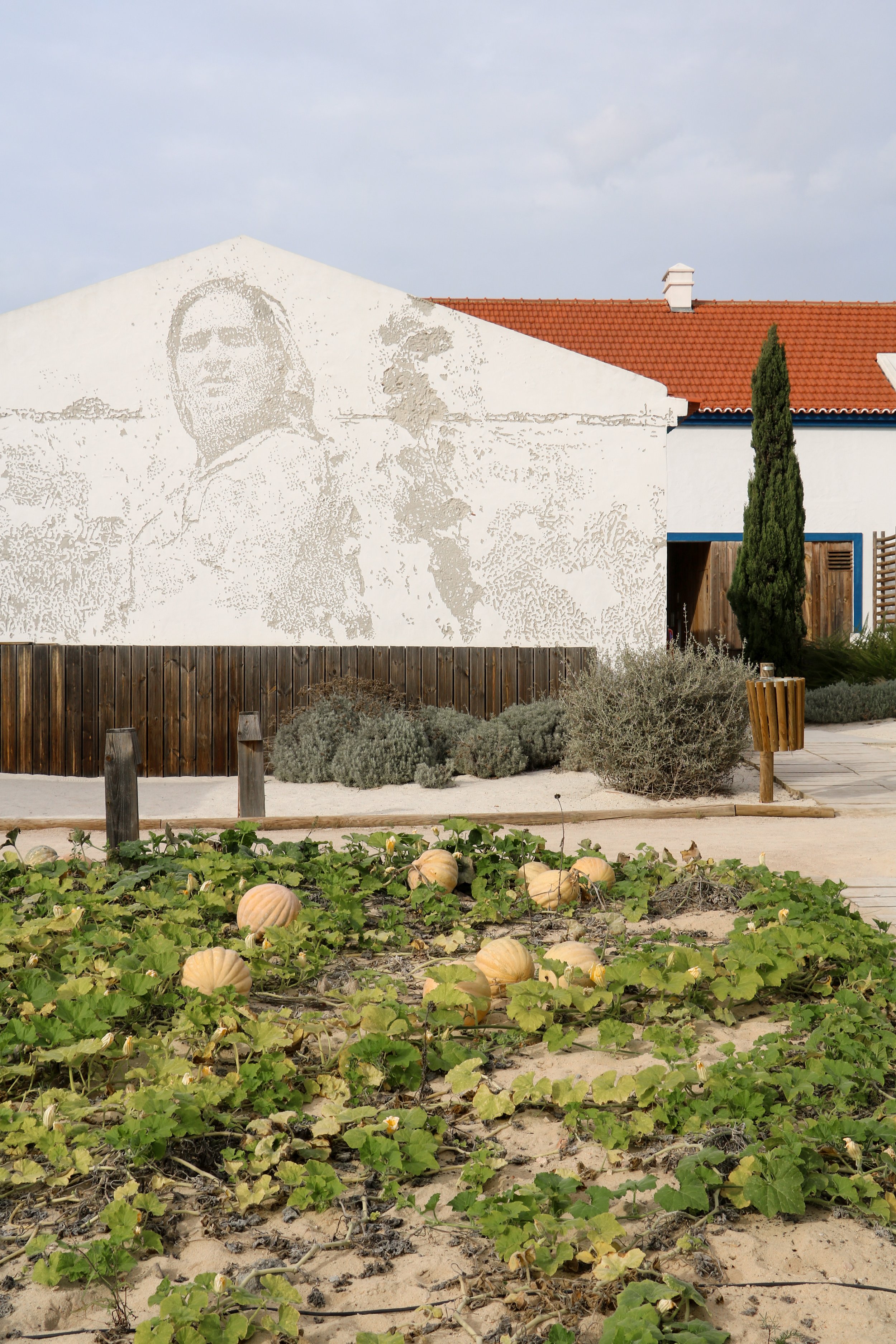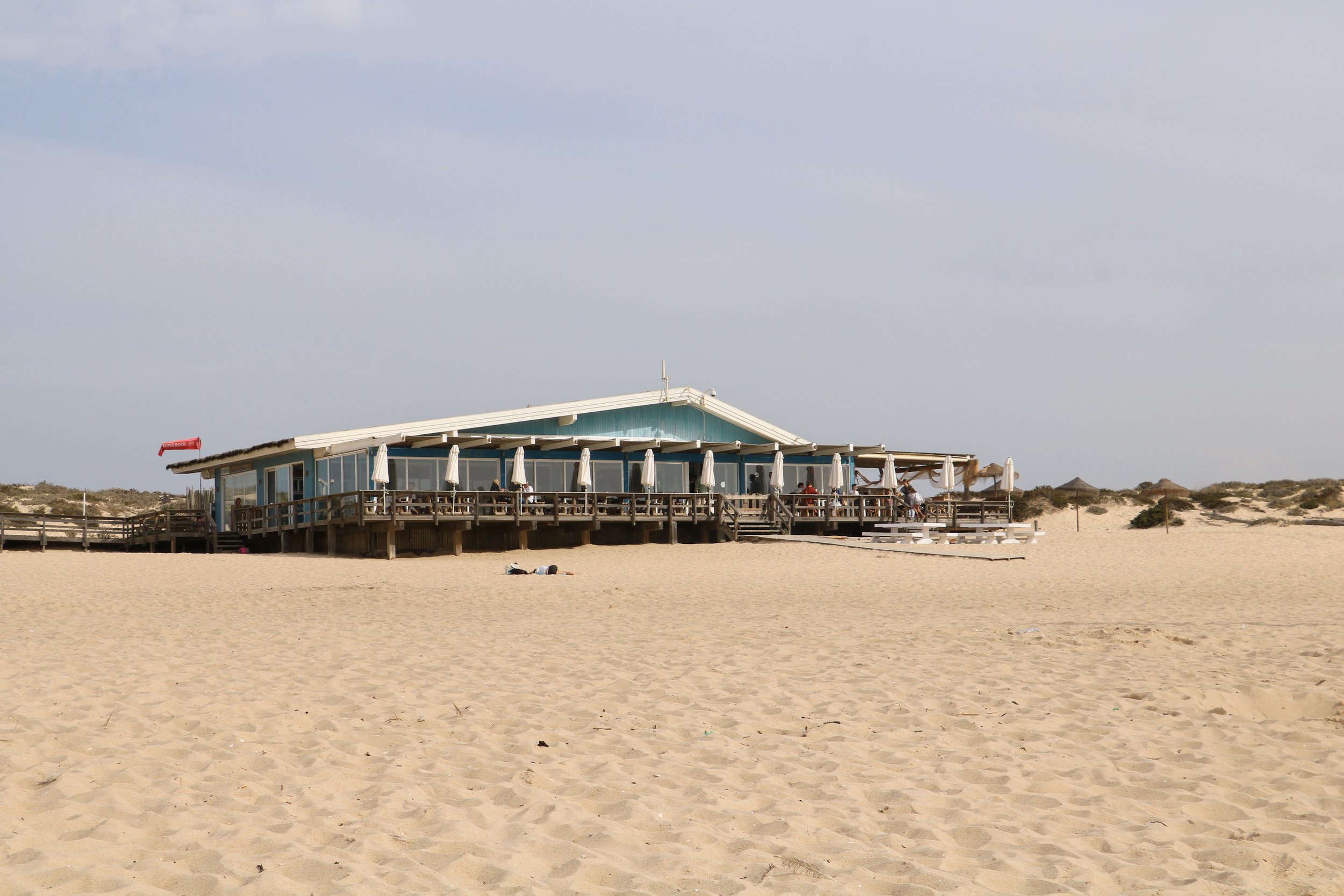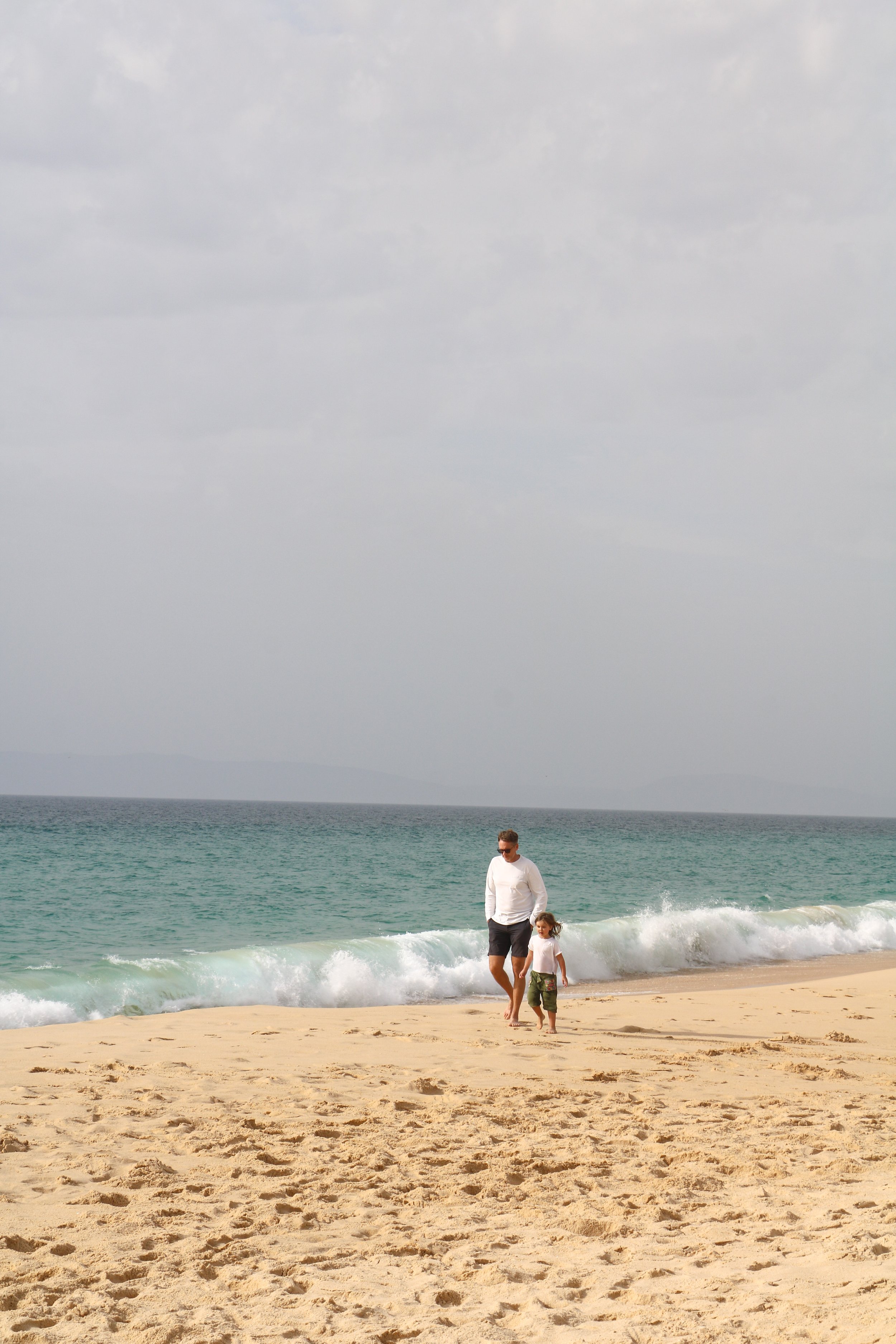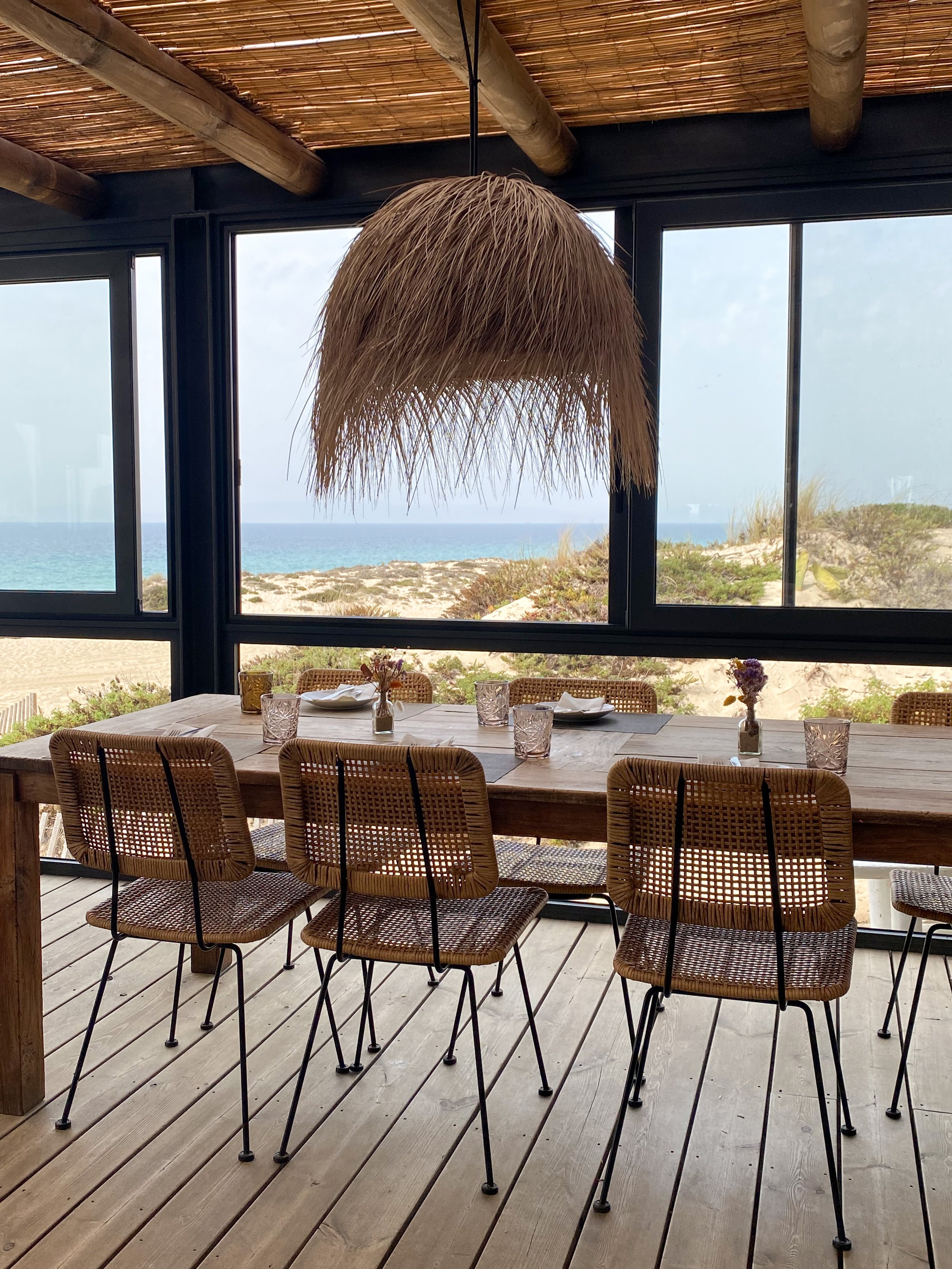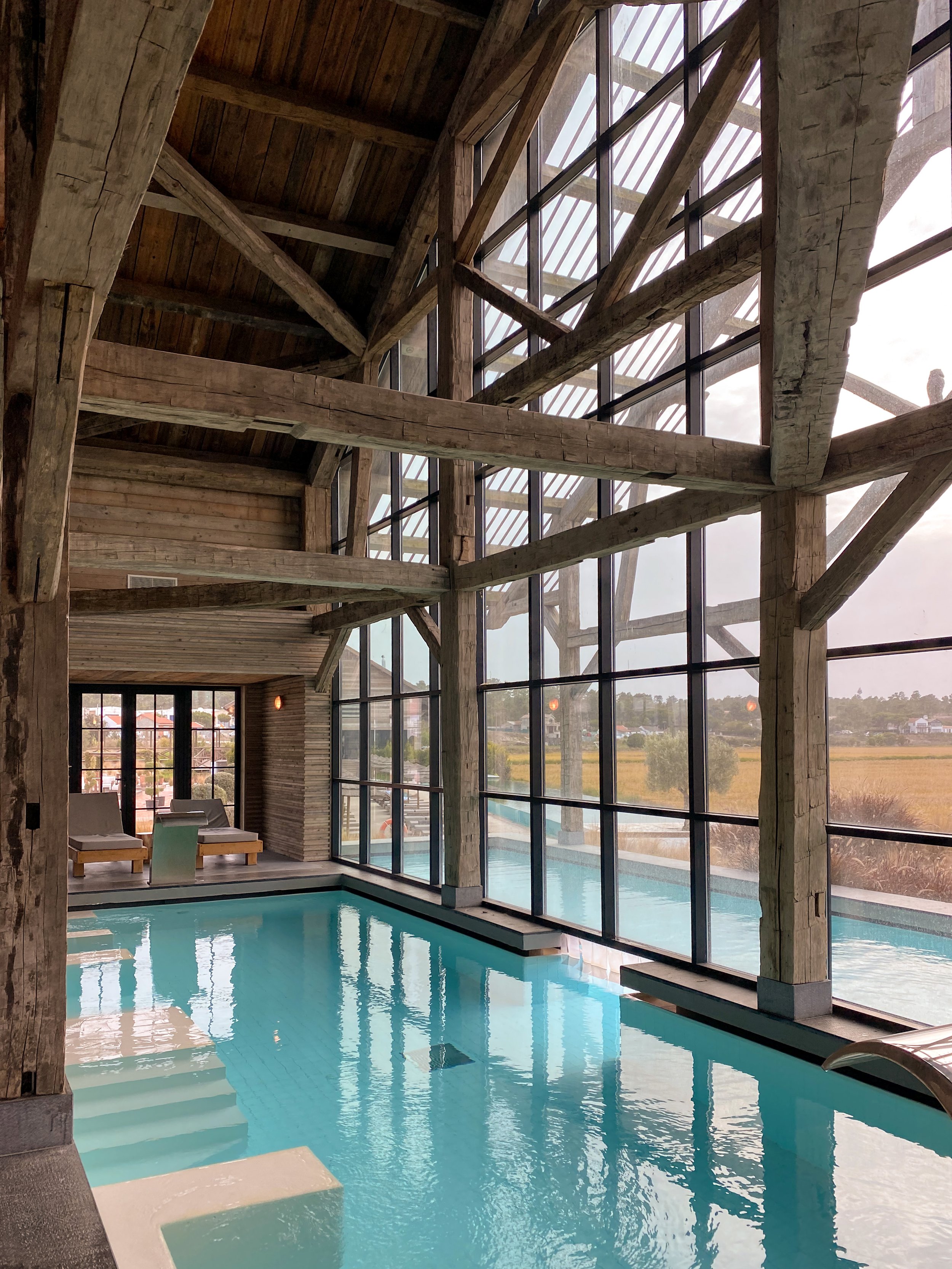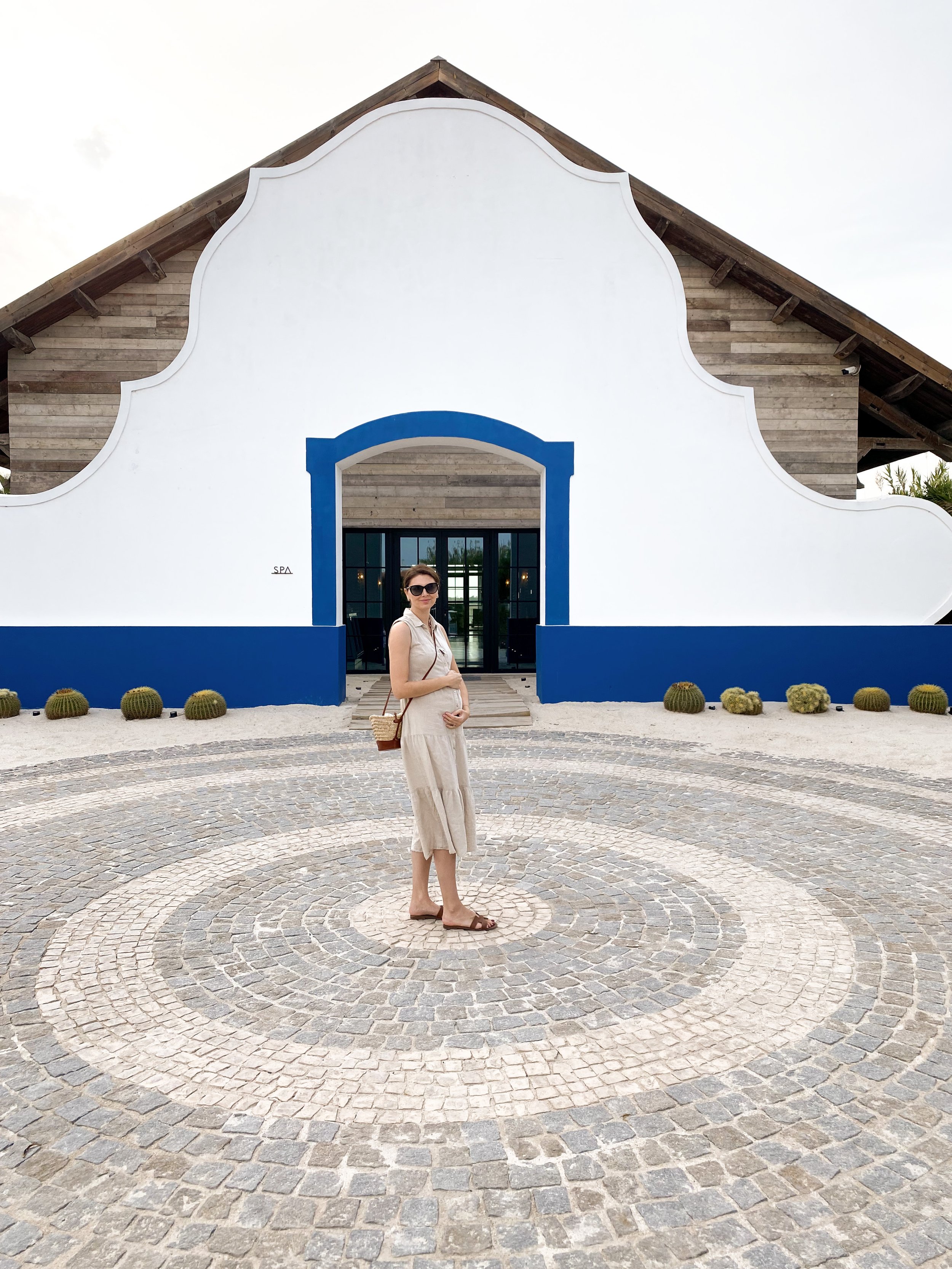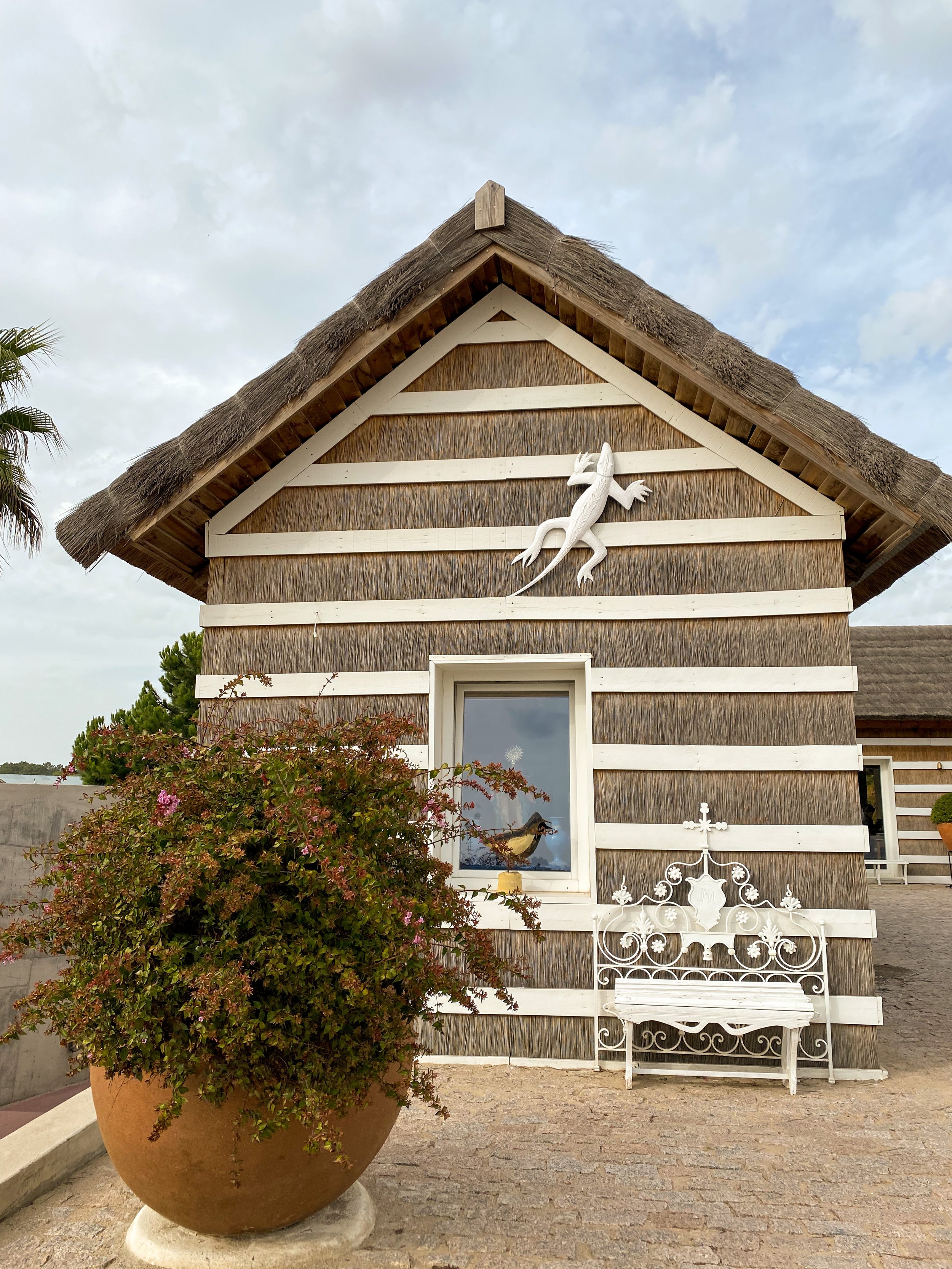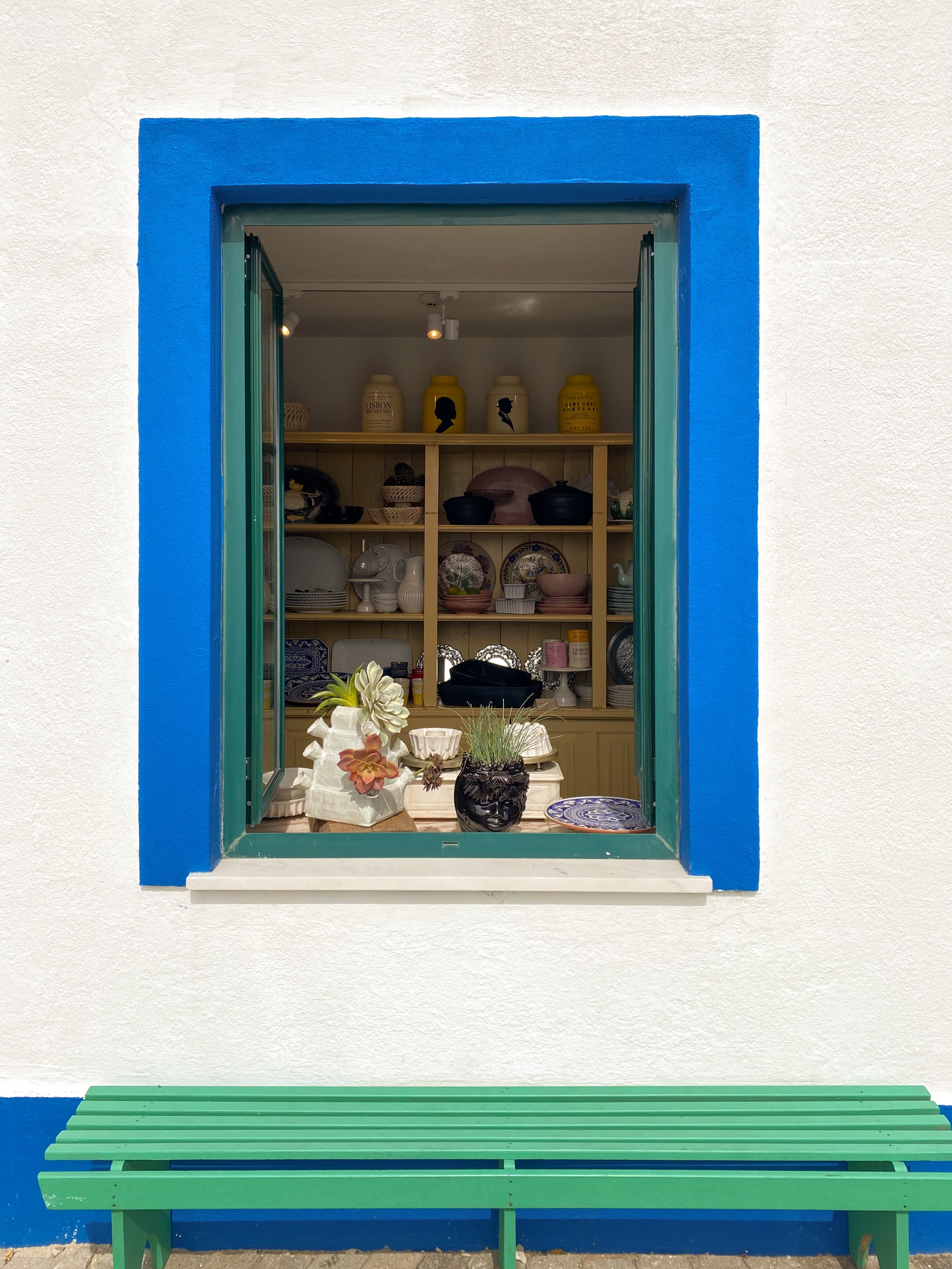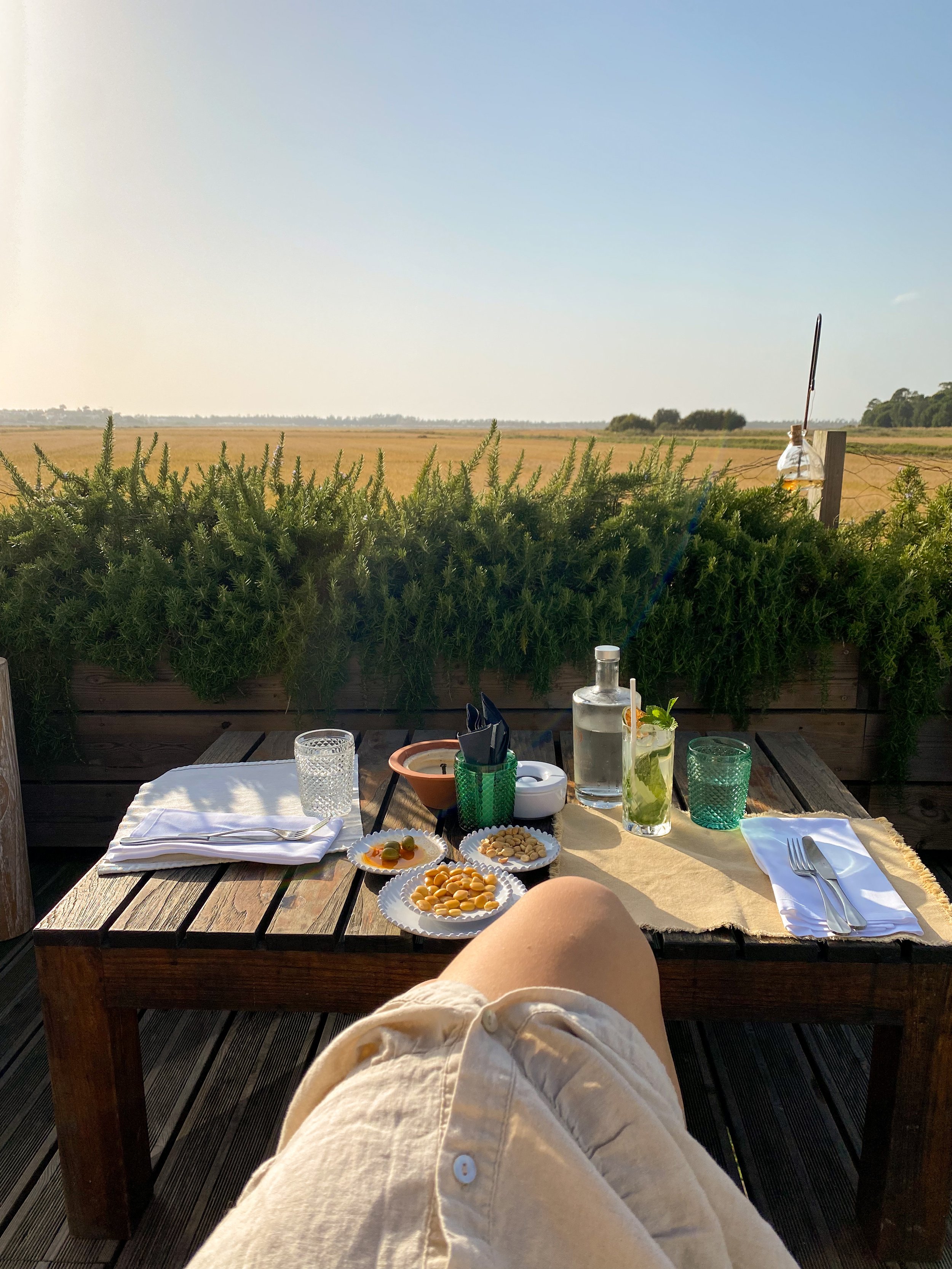Exploring Portugal: Guide to The Alentejo Region
When it comes to annual lists of the world’s top travel destinations, few countries have received as much attention in recent years as Portugal. And it’s easy to see why. From multi-faceted Lisbon to tiny villages brimming with history, white sand beaches and green rolling hills, Portugal offers something for every traveler. But between the popular golden coast of the Algarve in the south and the lush vineyards of Douro Valley in the north lies the country’s least visited region - the wild and unspoiled Alentejo.
Unfolding across the southern third of the country, from an hour’s drive south of Lisbon, down the coast and across to the border of Spain, the Alentejo is not only vast but is one of the least developed and least populated areas in Western Europe, offering a quiet escape to those seeking an off-the-beaten-path experience. With a strong cultural identity and diverse terrain, the country’s heartland is home to sprawling groves of cork trees, ancient villages and relatively empty beaches, and recently, a handful of design hotels and restaurants that allow guests to be immersed in simplistic luxury while disconnecting from the outside world. If you’re looking to discover an untouched side of Portugal, whether it be your first trip to the country or a return visit, here are my recommendations from our recent journey throughout the Alentejo.
BARROCAL
Our journey into the Alentejo was driven by the reason many of our travels are... I came across a beautifully unique hotel, one that seemed to offer an authentic Portuguese experience in the countryside - the perfect balance to our city stay in Lisbon. While just two hours east of Lisbon, the rolling hills and forests that slowly replaced the city skyline and traces of modern life brought us closer and closer to a simpler time and place, eventually leading us to an unassuming dirt road with our destination at the end, São Lourenço do Barrocal.
Dating back 200 years, the property's roots are as a farming estate, which in the late 1900s was abandoned and decayed. In recent years, a team of archaeologists, historians, gardeners, architects and interior designers lovingly restored the property and turned it into a luxury boutique hotel. The result: a design-driven, unfussy retreat balancing old architectural structures and modern use, whose focus is still farming.
Surrounded by cork trees and olive groves, there's little to do but be present and lean into the landscape and legacy that make this property unique. Days are quietly spent lounging by the pool (there's one for couples and one for families), cycling through the estate's sweeping grounds, being pampered at the Susanne Kaufmann spa, trying your hand at pottery or flower arranging in a workshop, and dining in true farm-to-table fashion under the stars. It's extremely family friendly with activities and spaces geared specifically for younger guests, while at the same time offering serenity attractive for a couple's getaway (which is mainly what we saw). Our two night stay was the perfect amount of time to take advantage of the hotel's amenities while also unwinding.
MONSARAZ, CORVAL & EVORA
On the border of Portugal, just 6 miles from Spain, sits the whitewashed, medieval town of Monsaraz (with São Lourenço do Barrocal peacefully lying in its shadow). A hilltop maze of cobbled streets leads visitors to churches, cafes, and small shops selling local pottery and woven rugs. Explore its ancient castle and deserted bull fighting ring, and take in the stunning views of the surrounding countryside and the Great Lake of Alqueva. It's the perfect place to get to know the cultural identity of the Alentejo region, often referred to as the land that time forgot, and two to three hours is plenty of time to explore. It's beyond charming!
Also worth stopping at along your journey is the village of São Pedro de Corval where you'll find the largest concentration of potteries in Portugal. All made by hand, this village has been practicing the traditional art since prehistoric times and is now home to dozens of shops selling handcrafted pieces of all shapes and sizes, which alone could validate checking an extra suitcase.
Forty-five minutes northwest from Corval you’ll find the region’s largest town, Evora. My approach to this trip was to not overplan and simply discover the country as we went, which in hindsight I regret, as we missed a cultural gem by skipping Evora. Passing it on our way both to and from Barrocal, in my defense, the town doesn’t look like much from the major roadway. However, hidden beyond its rundown, modern facades lies a walled city brimming with history and allure. Wander old town’s cobbled streets and tour Roman ruins, an eclectic contemporary art museum, a large cathedral and even a Chapel of Bones. Storefronts selling local artisanal products made of cork and tile, as well as restaurants serving the Alentejo region’s own rustic cuisine of hearty game and red wines, give visitors an authentic glimpse into the daily life of the region’s locals.
COMPORTA
Situated amongst rice fields and sand dunes just 90 minutes south of Lisbon, Comporta is Portugal's oceanside gem of drowsy fishing villages and beach shack vibes. A peaceful haven for artists, a-listers and surfers, the area is often compared to Ibiza or St Tropez 30 years ago, while in reality, Comporta is unlike anywhere you've been before, and quite different from the rest of the Alentejo.
Originally a land of fishermen, rice farmers and salt makers, the area's rustic, fuss-free way of life remains given its increasing popularity. Days are spent biking or horseback riding, laying on white sandy beaches and enjoying leisurely meals overlooking the Atlantic. Much of Comporta’s modern identity can be found in its distinct architecture and aesthetic, renowned so much that there's an Assouline coffee table book devoted to the subject. Signature white and blue cover the exteriors of thatched-roof huts found throughout the seven villages that anchor the area, each very small and unassuming, filled with restaurants and shops selling high-end designer clothing and furnishings in boho-chic style. Here, tranquility and bare-foot luxury are at the core of everything.
Until recently, Sublime was the only hotel in the area worth staying at. Things are rapidly changing though, with a handful of new design properties popping up, the most notable being Quinta Da Comporta, a wellness retreat in the heart of Carvalhal, which is where we stayed for the last three nights of our trip. Just minutes away from the shores of the Atlantic, barn-like buildings and stucco exteriors finished in the region's favorite color combo wind through sandy landscapes and rice fields, while neutral tones and salvaged natural materials set the foundation for the beach-house feel in the guest rooms. Between its beautiful spa, menus featuring dishes harvested from the onsite organic garden and its quiet setting, simplicity and tranquility meet you at every corner.
Other design-driven properties worth considering are Spatia Comporta, AlmaLusa Comporta, and Christian Louboutin’s yet-to-be-opened boutique hotel twenty minutes south in Melides.
More To Consider…
A few suggestions on where to eat and shop in Comporta:
Sublime Comporta Beach Club - a leisurely lunch with an oceanfront view
Mar D'Arrozal - a beautiful barn overlooking rice fields that offers a true farm-to-table experience. Go for dinner.
Sem Porta Restaurant - a stunning dining room outfitted with gauzy white curtains and rustic materials serving traditional Alentejo cuisine located at Sublime.
Cavalariça - a modern restaurant of white & blue stripes housed in an old horse stable
Dona Bia - a beachy roadside shack known for their traditional Portuguese rice dishes
In regards to shopping, you can’t go wrong popping into any of the cute shops in Comporta or Carvalhal but make sure not to miss The Life Juice, Fashion Clinic, Caju and Fio d'Água Beachwear.
When To Visit: While summertime is ideal for enjoying Comporta’s beautiful beaches, mosquitos are drawn to the area’s famous rice fields, typically making their appearance right before sunset. Hotels do their best to keep the pesky bugs at bay, but it’s something to consider before booking. We visited the first week of October and didn’t see one mosquito, nor did we see crowds and the weather was still warm enough to enjoy the pool and walk the beach (the ocean was much too cold to swim in though). If your schedule is flexible, it’s always worth considering shoulder season.
Transportation: The only way to see the Alentejo is by car. There’s simply no way around it, so book a rental to be picked up and dropped off at the Lisbon airport.

